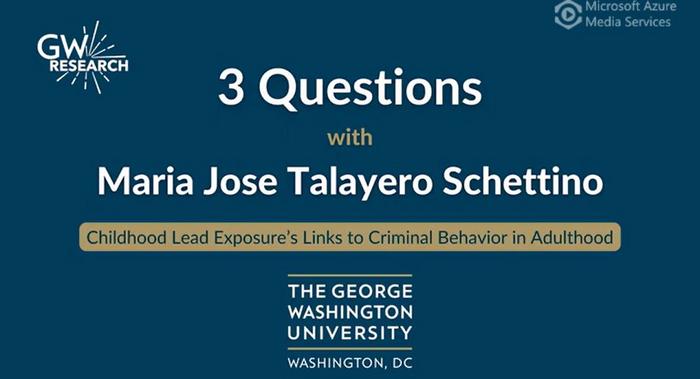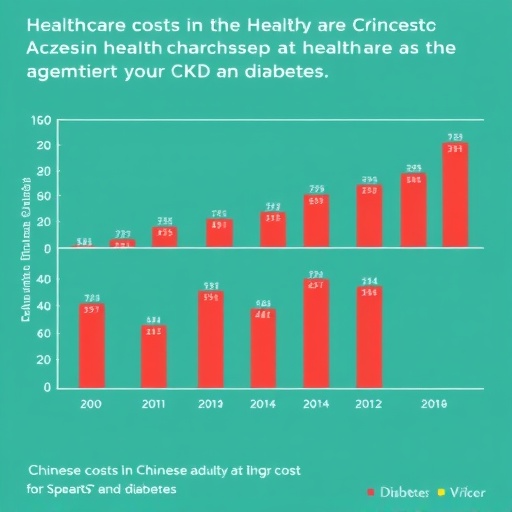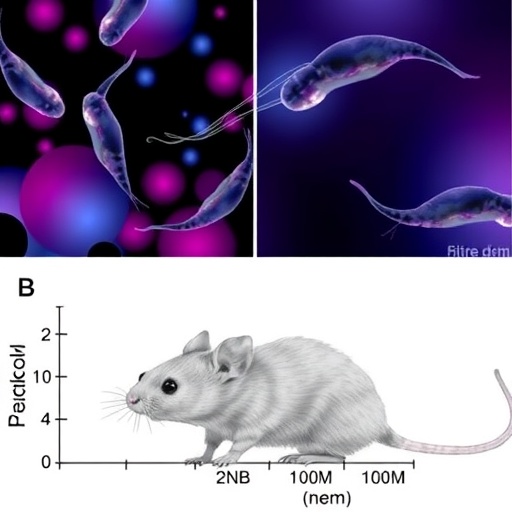WASHINGTON (August 1, 2023)— New analysis from researchers at the George Washington University links lead exposure either in utero or during childhood with an increased risk of engaging in criminal behavior in adulthood. While prior research has found an association between lead exposure and criminal behavior at the aggregated population level, this is the first review to bring together the existing data at the individual-level of exposure and effects.

Credit: George Washington University
WASHINGTON (August 1, 2023)— New analysis from researchers at the George Washington University links lead exposure either in utero or during childhood with an increased risk of engaging in criminal behavior in adulthood. While prior research has found an association between lead exposure and criminal behavior at the aggregated population level, this is the first review to bring together the existing data at the individual-level of exposure and effects.
The first systematic review of available studies that address links between individual lead exposure and crime, or other antisocial behaviors, the research team’s analysis included 17 studies from three countries that have developed cohorts, which used a variety of methods measuring lead exposure and addressed the effects of exposure at different ages, from gestation to adolescence.
“While more individual-level data needs to be collected to verify the connection of the effects of lead exposure during childhood and criminal behavior in adulthood, the evidence we found points in the direction of lead exposure being associated with biological effects in children that have long-term behavioral consequences,” says Maria Jose Talayero Schettino, the study’s lead author and a GW doctoral graduate student. “The data clearly demonstrates the need for all countries to implement policies to prevent lead exposure.”
Lead exposure can cause a variety of health problems, which are known to be more severe in the pediatric population, as children’s bodies absorb lead at greater rates than adults. Lead exposure in utero or during childhood can cause irreversible damage to a child’s nervous system, explains Talayero Schettino.
Despite the well-known dangers, a number of countries lack sufficient policies to protect children and adults from lead exposure, she says. Exposure comes from many different sources, including pollutants from industrial waste, recycling batteries, paints with lead content, various food sources and household products, such as children’s toys, ceramics and cookware. Cookware is of special concern, such as pottery from Asia, aluminum cookware from Africa that might have excess lead, and artisanal pottery from Mesoamerica that is not certified to be lead free.
Talayero Schettino says their review identified a wide range of diverse outcomes between exposure to lead at multiple stages of development and later delinquent, criminal, and antisocial behavior. Populations are at higher risk from those at the lowest socioeconomic strata. She stresses criminal behavior in individuals is a complex concept, with many additional factors involved beyond the exposure to lead during development.
A limitation researchers found was that each study used different definitions to indicate criminal, aggressive or antisocial behavior in adulthood. Another complication was the scarcity of studies with individual-level data, which left wide geographical and demographic gaps. Talayero Schettino says additional studies should include a wider range of regions and countries and utilize a common set of indicators for both exposure and outcome to measure the overall impact. Despite these limitations, Talayero Schettino says that existing data, in conjunction with the available biological evidence, point to the harmful behavioral effects of early exposure.
“There is no safe level of lead exposure for children, and countries should extend all efforts to protect children and pregnant persons from lead containments,” she says. “The evidence in the systematic review supports a strong action by governments and society to act to protect those in most vulnerable conditions.”
The article, “The Association Between Lead Exposure and Crime: A Systematic Review,” was published August 2, 2023 in the PLOS Global Public Health. In addition to Talayero Schettino, the research team was composed of doctoral graduate student Rebecca Robbins, and Emily Smith and Carlos Santos Burgoa, professors of Global Health at GW’s Milken Institute School of Public Health.
Journal
PLOS Global Public Health
Method of Research
Systematic review
Subject of Research
People
Article Title
Lead Exposure in Early Life Linked to Higher Risk of Criminal Behavior in Adulthood
Article Publication Date
1-Aug-2023




